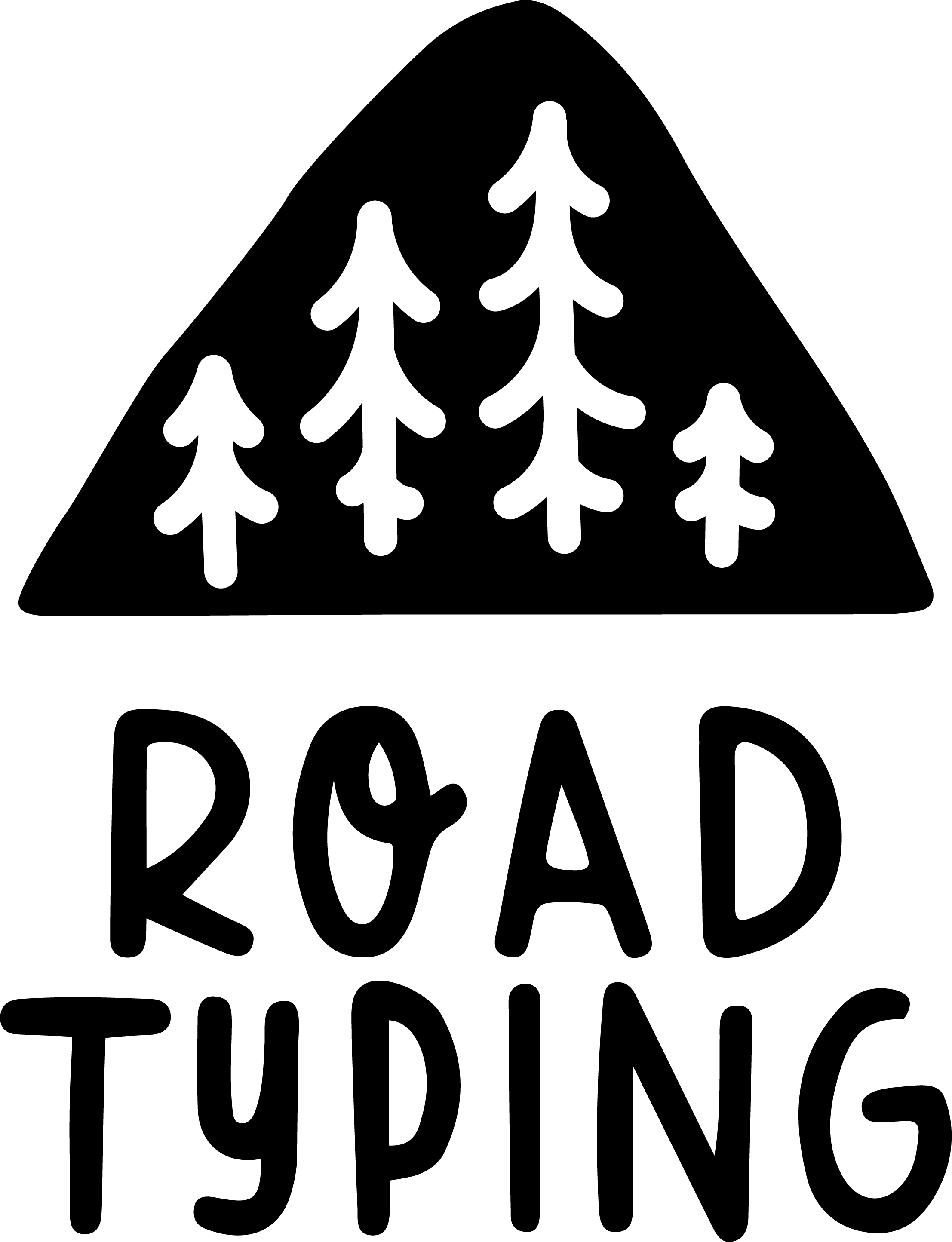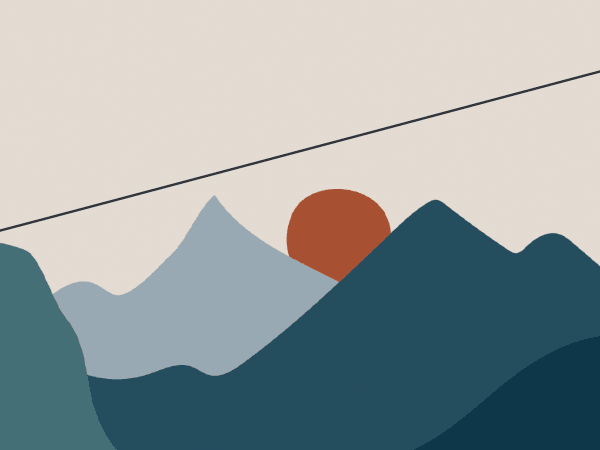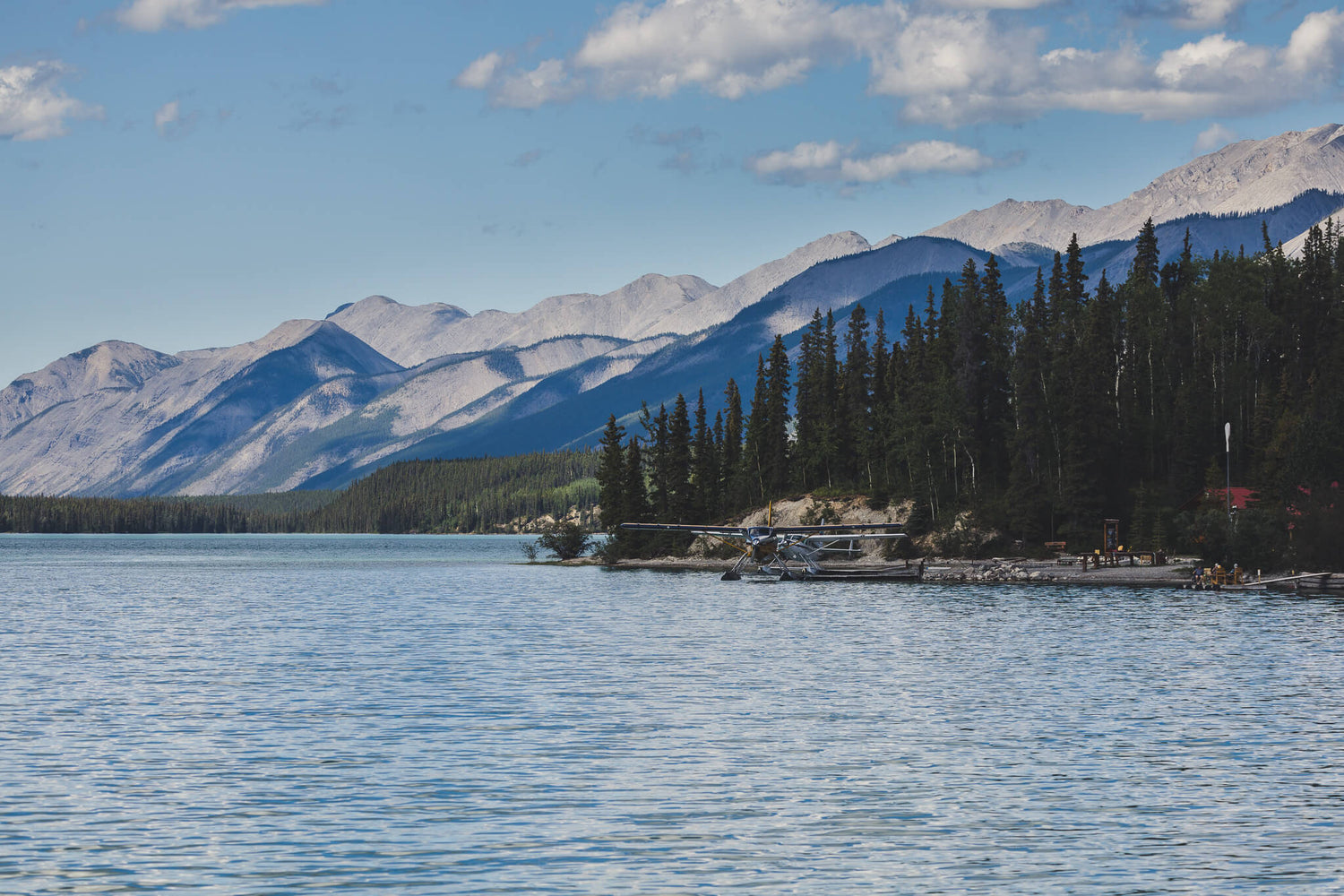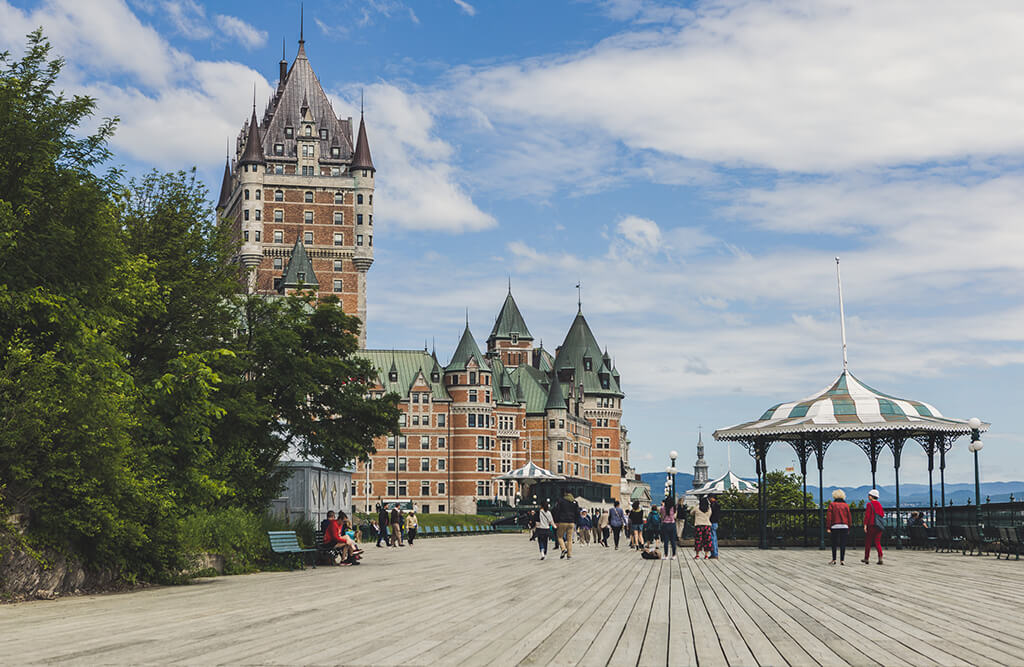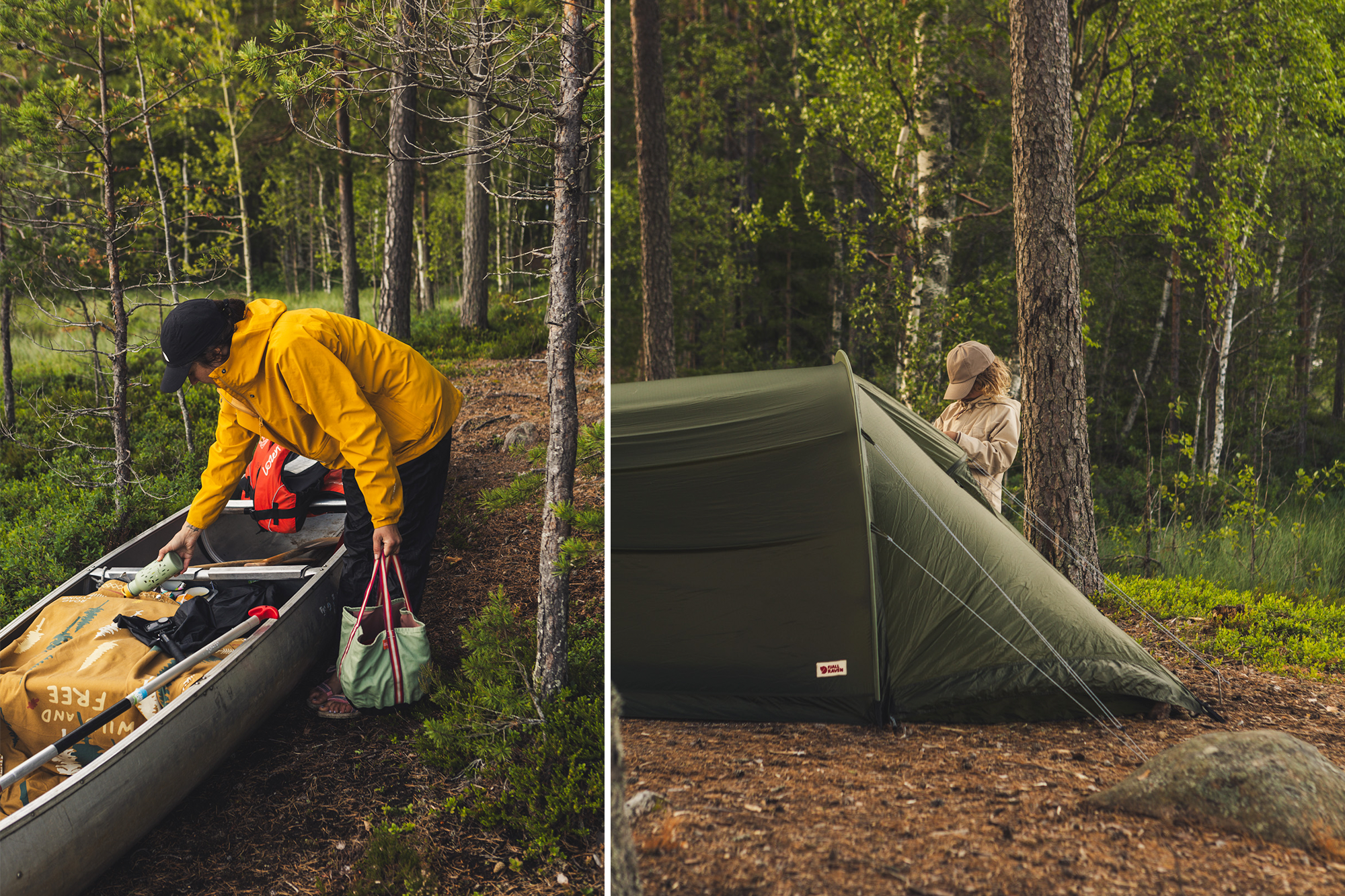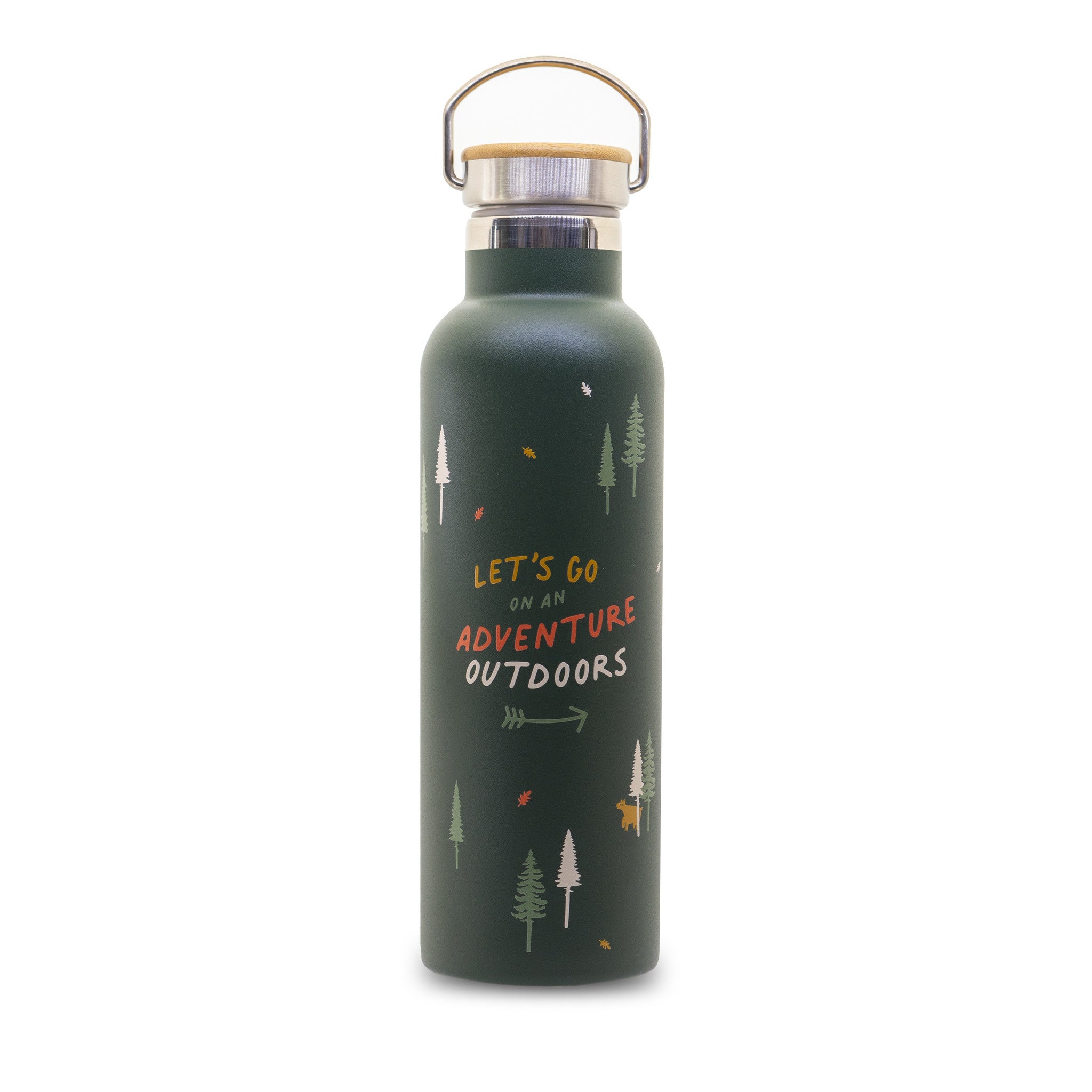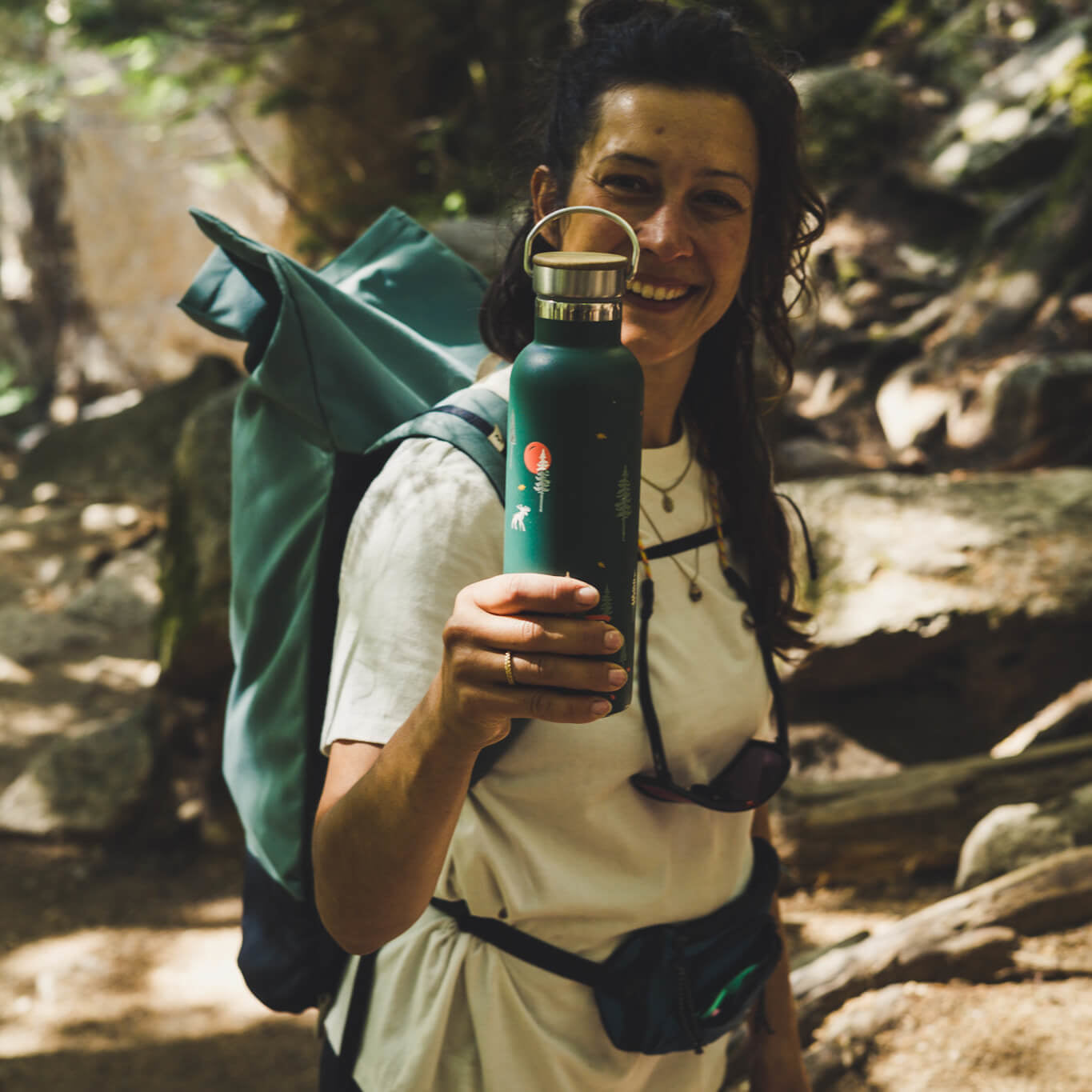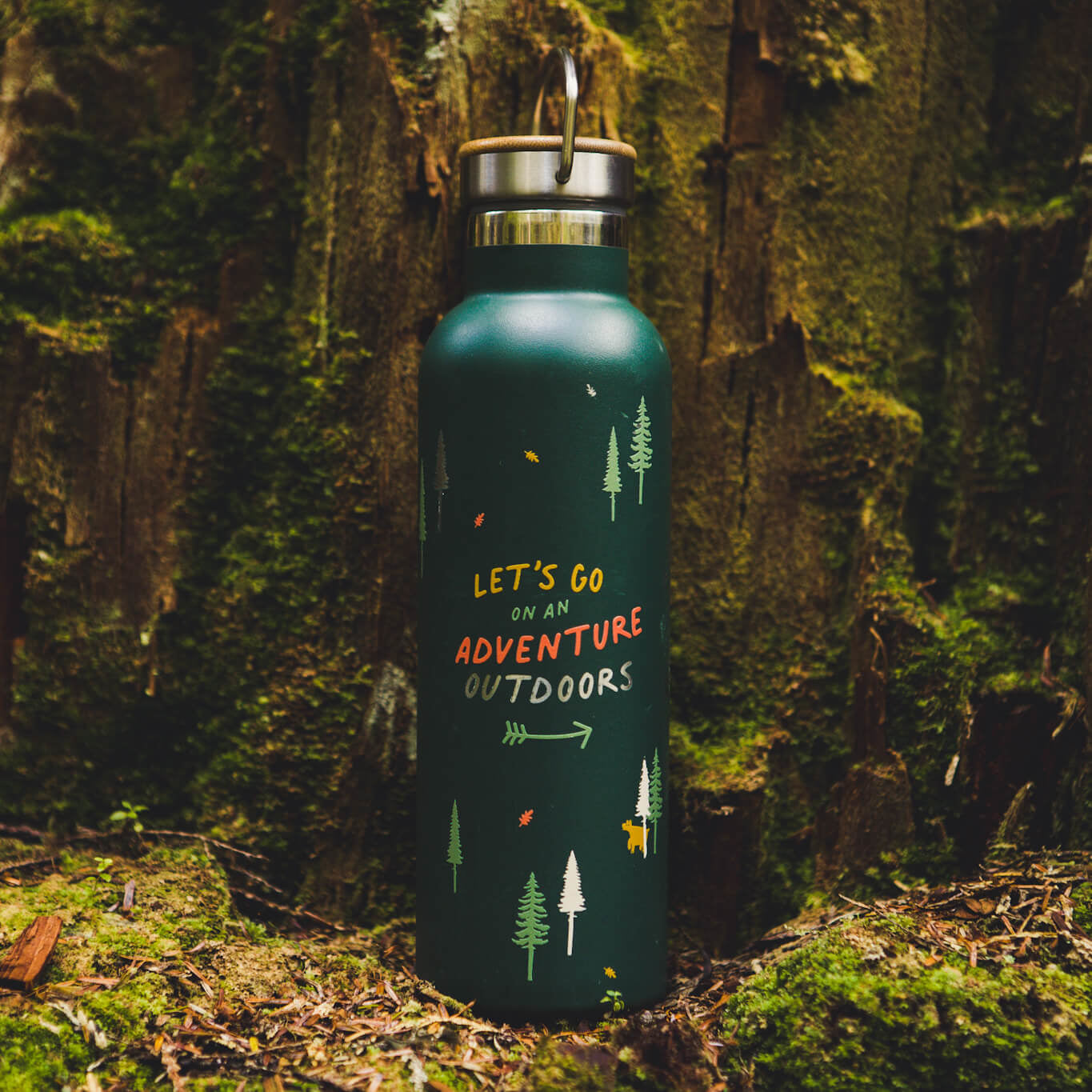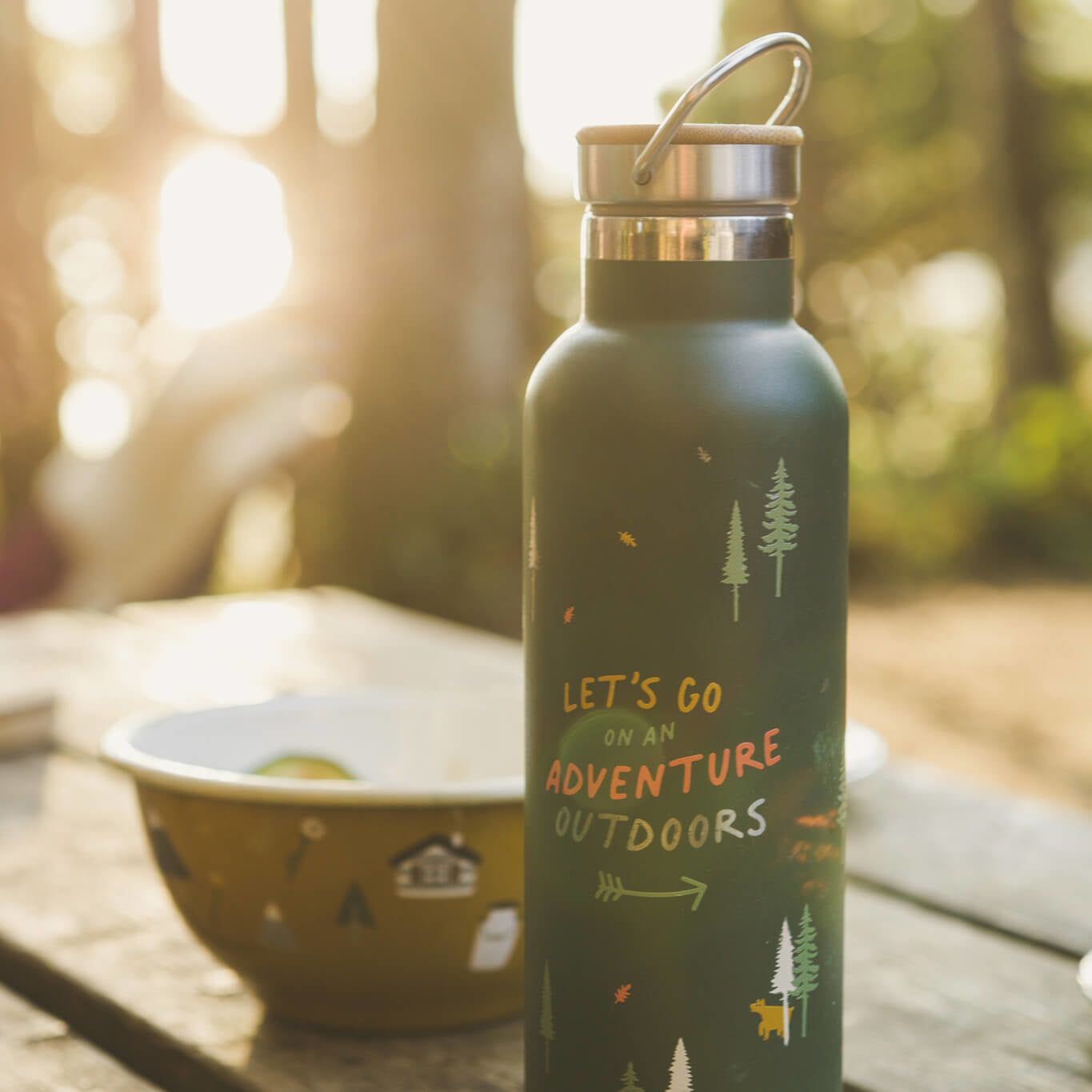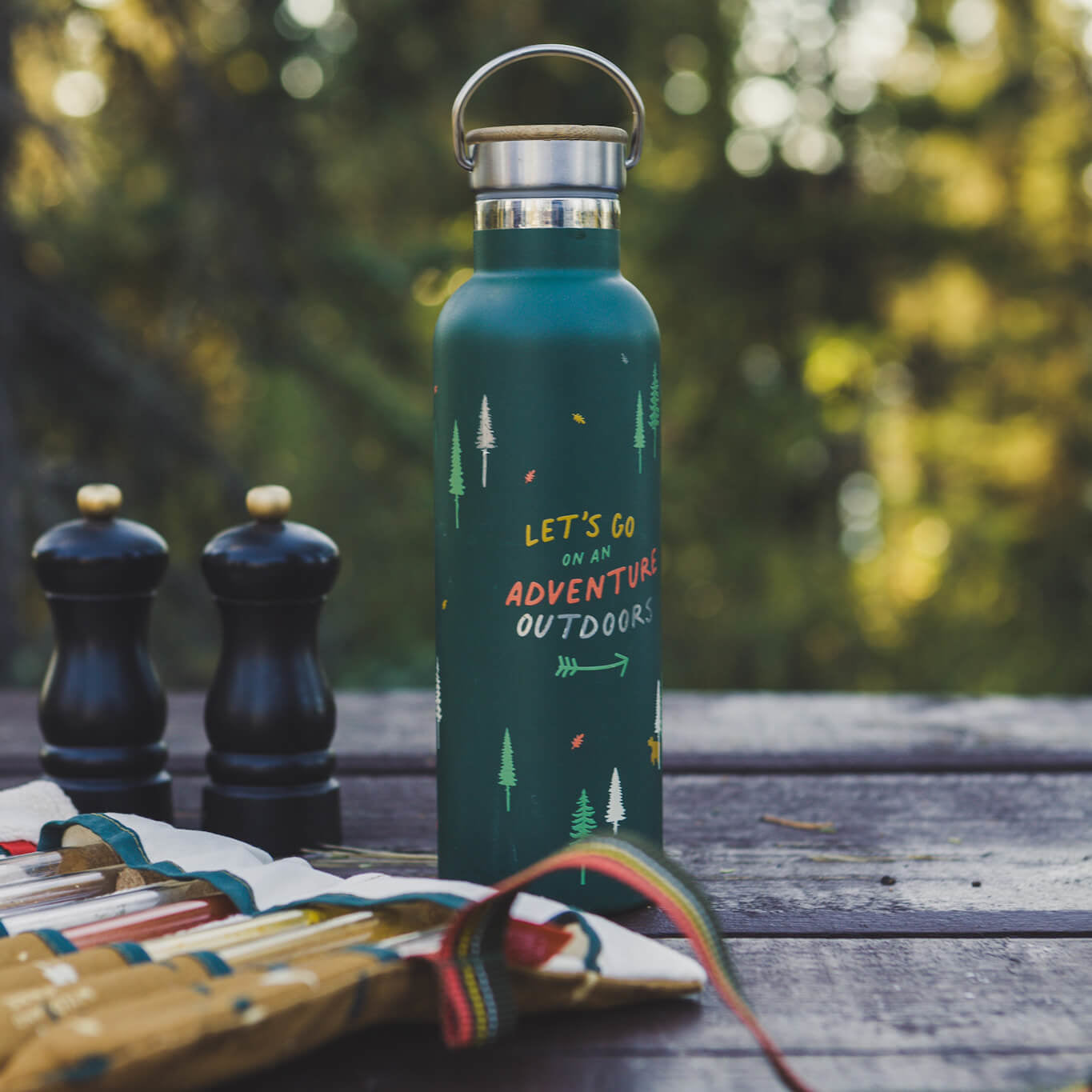Back to British Columbia and back to civilization
After the adventurous weeks in the Yukon, we return to beautiful British Columbia, just south of Watson Lake. There we enjoyed pure nature and experienced many lonely landscapes.
Somewhat naive and euphoric to be back in civilization after arriving in British Columbia, we drive through Watson Lake and head towards our destination for the day , Liard Hot Springs . A herd of wood bison lives on this stretch of the Alaska Highway in particular. Shortly after the first warning signs, the majestic animals are standing at the side of the road, completely unimpressed by the traffic and the amazed tourists. They graze and occasionally cross the side of the road where the grass seems greener. At a gas station we see a sign saying that the next gas station is in Liard River, so we fill up again and continue on.

The Alaska Highway meanders along the roaring Liard River, with large mountains and wide valleys appearing again and again, and so the journey through British Columbia to the hot springs passes relatively quickly. Once there, our euphoria of civilization is somewhat dampened, because there is no supermarket either on the way here or directly in Liard River where we could have stocked up on supplies. The last one was in Watson Lake and the next one is in Ford Nelson, four hours away. We make ourselves comfortable at the campground by the springs and eat the last fresh things from the fridge.
Liard Hot Springs: Hot springs instead of shopping

As the sun sets late and we are just too curious, we pack our bathing suits and go to the springs. The price for camping (27 C dollars) includes access to the springs, but you can also spend the day here for five C dollars. A beautiful wooden plank path leads across a swampy delta with its own unique vegetation, as the temperature here is on average two degrees higher than in the surrounding area. Therefore, different plants grow here and it seems almost tropical.
British Columbia at its best
After a few hundred meters across the footbridge, you reach the pool complex. These have been very tastefully designed, with two pools having different temperatures. The upper, hotter pool is fed by the main spring at 60 degrees, while other smaller springs along both pools allow the temperature to vary. The lower pool is particularly beautiful, as it is artificially created at the beginning and quite warm, but then becomes more natural further back and turns into a stream.

It was an experience, especially for our boys, to do their first swimming exercises in the warm water. Impressed by this special place, we spontaneously extended our stay for another 2 nights. The coffee is now drunk without milk and all canned goods are being used up, but it is simply wonderful and it is not yet time for us to leave the springs. As if that were not enough, we see the dancing northern lights here again.
Stock up, move on, experience adventure
The Alaska Highway now takes us through the Northern Rocky Mountains, along the emerald green Muncho Lake through the high alpine scenery of Stone Mountain Provincial Park. We hadn't planned to visit this corner of the Rockies and we are very impressed. If we had had supplies and planned differently, we would definitely stay longer here. After only a few short stops in this fantastic landscape, we arrive in Ford Nelson after a four-hour drive and spend an unspectacular night in the supermarket parking lot. We look forward to drinking our coffee with milk again tomorrow morning.

The drive from Ford Nelson towards Ford St. John is not very exciting, apart from a stop at a beautiful, free recreation site at Duhu Lake. The highway stretches endlessly through forests, with only the occasional gas station appearing along the way.
In the Central Rockies of British Columbia

Shortly before Ford St. John we leave the Alaska Highway, which officially begins shortly afterwards in Dawson Creek. Road 29 leads back to the Central Rockies and makes the journey exciting again. Here the landscape changes significantly for the first time in weeks, there are fields again, agriculture and everything seems to be a bit drier from the hot summer. There are waterfalls and hiking trails along the road, often access to the Peace River to cool off. We drive to Moberly Lake , set up camp and recover from the many trips through British Columbia of the last few days. But now we are almost back in the south.
Far, further, Canada: When the journey takes longer
As Europeans, we completely underestimated the distances in Canada, but we quickly got used to it. In Germany, we would have prepared accordingly for a trip from Kaufbeuren to Frankfurt, planned everything and packed enough provisions. Here in Canada, you set off and spend three hours, spontaneously, unplanned and possibly without any possible supplies along the way. Our children have also gotten used to it after 15,000 km across the continent and are keeping themselves busy. Overall, the trips are becoming more and more relaxed. In addition, we can now drive shorter distances in British Columbia, as more are within one to two hours. So we usually use the time when the children are tired after lunch to complete our daily stages.
Second chance for a city: Prince George in British Columbia
From Moberly Lake we head to Prince George. This is where the east-west and north-south routes cross and it was here that we set off for the north four weeks ago. We had an exciting time in the Yukon and are looking forward to what awaits us in the south. It is also good to experience a city for the second time, because at our first stop here we noticed the junkies and some strange characters.
Now we experience Prince George in a completely different way, lively and culturally. The sunshine and summer temperatures certainly contribute to this. We go out to eat again - we were last in Dawson - in a local microbrewery and enjoy the selection on the menu, which offers at least a third of vegetarian food and goes beyond burgers and fries.
On the road in British Columbia on the Cariboo Highway
The next day along the Cariboo Highway we enjoy the countless lakes along the route, which offer a welcome cooling off on hot days. We gradually slow down the travel pace and enjoy the summer to the fullest. During the Cariboo Gold Rush, this stretch of road in British Columbia was the route that the horse, donkey or dromedary teams took to find gold along the Fraser River.
Strolling in Clearwater
In historic Barkeville, this history can still be experienced first hand. Actors lead tours through the historic center and explain the background. We save ourselves the detour, as we have already immersed ourselves deeply in history with the Klondike Gold Rush in Dawson. The town names in particular are reminiscent of that time, for example, you pass Mile 150 or Mile 100, which used to be rest stops for hitchhikers. Today, they are quite lively little towns.
We leave the gold prospectors' route at Mile 93 and cross the 24 to Little Ford and from there to Clearwater. We reach the nice little village a little late on Friday and are advised to stay until tomorrow at the market, because that's where the town's famous pancake breakfast is served. Of course we don't miss out on something like that and after a night on the Clearwater River we enjoy the juicy pancakes in the company of the local pensioners. After we've filled our bellies and bought good bread and local fruit and vegetables at the market, we continue on to Wells Gray Provincial Park in British Columbia.
Wells Gray Provincial Park: In the realm of waterfalls
This provincial park is somewhat overshadowed by its large neighboring national parks, but compared to other provincial parks it is extremely well developed with a variety of hiking trails. The park is home to more waterfalls than almost any other and has the fourth highest in Canada, the Helmcken Falls . It is also known for its salmon migration. From mid-August, Chinook salmon migrate to Clearwater Lake and the various surrounding streams to spawn. They can be observed jumping, especially at Bailys Chute. The observation platform set up here is only a few hundred meters from the car park. It is simply fantastic how the fish, which weigh up to 22 kilograms, swim with all their might against the raging floodwaters to reach their destination.

From Ray's farm, a beautiful hiking trail leads through the lush, fern-lined, tropical forest to the mineral springs. The water is pushed to the surface from several hundred meters deep and carries with it various minerals that transform the area around the spring into an orange oasis. The beautiful circular tour leads along Alice Lake back to the hiking car park.

There are various campsites and places to stay in the back country in the park. We stay at Clearwater Lake, from where canoe tours start. The highlight for us: there are warm showers. If, like us, you rarely jump into the shower in your camper, it's a nice change. Simple campgrounds, where we usually stay, rarely have a shower.
Mandatory appointments and a taste of city life in Kamloops
We are drawn further southwest to Kamloops, as we have arranged a service appointment at Mercedes. The further we follow the Yellowhead Highway to Kamloops, the more the landscape changes; it becomes more agricultural and significantly drier. The temperature also rises and soon a warm summer evening wind blows around our noses.
We experience Kamloops more as a stopover on the way from the Rocky Mountains to the coast. We explore the downtown area and enjoy our take-out ramen in the city park while listening to live music. When it gets dark at 9 a.m., the concert is over, but the temperature is still well over 25 degrees, we treat ourselves to an ice cream before spending the night in the parking lot in front of the car dealership. The following day we let ourselves drift from shop to shop in the industrial park while we wait for our home on four wheels. Towards the evening we get the go-ahead to pick it up and we can finally move on. After a productive day with fresh laundry and replenished supplies, we move on.
Carefree summer days in British Columbia
First on Highway 99, which winds through a picturesque canyon before it loses altitude again and we leave it in the direction of 97. It is now dark and we can only imagine the beautiful landscape that surrounds us. But it is becoming noticeably drier and sandier. We reach our destination, Seton Lake, quite late and the free campground there is already closed, so we just stay outside the gates. The next morning we quickly make our way to the shore of the reservoir. Nestled between high mountains on the flanks, the crystal-clear lake invites you to swim. There is also a swimming area here. We stand right next to a small beach and enjoy the hot summer day.
Unique insights through contact with the locals
We always get into conversation with locals pretty quickly, either because of the children, the dog or our European license plate. A quick hello usually turns into a long conversation and that's how we get to know Jay and Keen in British Columbia. The two have a cabin on the shore of the lake, which can only be reached by boat, and are loading up all kinds of wood to build something new. They have ten grandchildren of their own and so they quickly get access to Leo and Casper. They spontaneously invite us to join them on a boat trip and of course we say yes. The small motorboat whizzes across the smooth, crystal-clear lake while the wind roars through our hair. The children love it, which we didn't necessarily expect, as Leo in particular is a bit reserved when it comes to new things.
We are shown the highlights along the lake, with waterfalls and a historic gold prospector trail. Before we get a tour of their little paradise. On the veranda overlooking the lake of this rustic cabin, we enjoy hot dogs and chat until it slowly starts to get dark. It is always nice to meet such incredibly great and open people, to exchange ideas and to experience such generosity. As night falls, the motorboat rushes back to our van and we fall into bed, impressed and grateful.
Relaxed camping life on the campground

The campground very close to Seton Lake is run by an electricity company and is free for up to seven days at a time. There is basically everything you need: water, pit toilets, fire pits, picnic tables and WiFi. Yes, WiFi, we have hardly ever had that. However, the WiFi only works in the immediate vicinity of the ranger's hut. Still, it's a good alternative, as otherwise there would be no reception at all. We make ourselves comfortable at the campground and settle in for a few days. At the lake, we had already received tips for short hikes along the stream behind the campsite.
Salmon, bears and forest fires
As we walk along the Gold Trail, we quickly notice a somewhat unpleasant smell. As soon as we reach the stream, we know where it comes from. We have unexpectedly come across a salmon river and the dead animals line the entire river. A few are still on their way, but they don't look very fresh. Their journey seems to end here and they spawn in the shallow stream. The week before we came, there were apparently a lot of bears at the stream, and we were told that a mountain lion was also on the move. Back at the campground, not far from the river, we tend to stay close to the camper after dark, even though it is so nice and warm and you would prefer to spend the whole night outside.

Unfortunately, the forest fires around the lake, which had been going on for a week, kept getting more and more intense, which finally forced us to move on after four nights.
Pampered with mountains and lakes in British Columbia
After we have replenished our supplies at the farmer's market in Lillooet, we head to the Duffy, affectionately known by the locals. Highway 99 winds its way up in serpentines and quickly leaves the dry, hot plain behind. The mountain streams rush along the road and we are back in the beloved mountains. There are several recreation sites along the road where you can stay overnight for free.
When we arrived at Duffy Lake, which gives the road its name, we were blown away by the beautiful mountain lake that lies majestically in this beautiful landscape. Unfortunately, the lake is only accessible in a few places, so we drove on. You could easily spend several days on the 100 km between Lillooet and Pemberton, or you could drive through it quite quickly like we did.
Camping at Lillooet Lake
You should definitely stop at Lillooet Lake, which stretches for miles into the mountains of British Columbia. The forest road leads to several campsites. We stay at the first one, called Strawberry Point. The site itself is less exciting, but is still beautifully situated between mountains. The beach below, which can be reached in a few meters on foot, is gorgeous, sandy and lined with driftwood. The view over the lake with the high mountains and glaciers in the background is also unique.

It is the beginning of September and the last long weekend before school starts is just around the corner, so there is a lot going on and every pupil, student and teacher is enjoying their time at the lake. Nevertheless - and we have come to appreciate this in Canada - the campground is quiet from 11 p.m.
A place that breathes sport: Whistler in British Columbia
Pemberton is only a short distance from the campground. We leave the town behind pretty quickly, but this is where the legendary Sea to Sky Highway begins - for us it's more like Sky to Sea, but that doesn't matter. We set off for Whistler.
For so long, this ski resort has been stored in our minds as the jewel of Canadian skiing, which certainly has something to do with the popularity of the Winter Games. Our anticipation grows with every kilometer of the winding highway between the mountains towards the place of pilgrimage for skiing, and then we arrive. Unfortunately, it rains a little, but that doesn't dampen our enthusiasm. Whistler is a beautifully spruced-up place in British Columbia, where resorts and hotels are packed closely together to offer beds for thousands of vacationers.
Whistler is sporty but expensive
Nevertheless, the town exudes sport and now in late summer, mountain biking or downhill riding is the magnet of the mountain village. Thousands of downhillers, clad in protective gear and sitting on full-suspension downhill monsters, are all over the town. It's lively, the atmosphere is good and we let ourselves be drawn into the world of extreme sports. Although we are not downhillers, we are passionate mountain bikers and mountaineers and so the spark quickly flies. We let ourselves drift through the shopping area, watch the people and stroll through the shops.
The only disadvantage: Whistler is extremely expensive and the prices in summer are only topped by those in winter. Lift tickets starting at $80 or $200 in winter are absolutely unrealistic for us, so we prefer to stay in the smaller, lesser-known areas. We stay overnight in a provincial park very close to Whistler, because the prices at the campground near town are also beyond reason.

Easy hikes for kids near Whistler
The next day we drive a bit to Function Junction - yes, that's the name of the district. From there, a beautiful cycle route leads into Whistler. You can also hike from here to a train wreck in the forest - a highlight for children. The hike is easy to do with kids and, in addition to the train remains, offers a beautiful trail and a suspension bridge over a great canyon with a rushing mountain stream. After the short hike, we hop on our bikes and explore the area. We stop at a small lake and enjoy the beautiful summer day before we head back.

Outdoor sports paradise Squamish

Our route takes us further down the Sea to Sky Highway towards Squamish. If Whistler is the place for the upper class, Squamish is the equivalent for everyone. Not quite as chic and spruced up, but right by the sea and with lots of outdoor activities. There are no classic ski areas like in Whistler, but there are plenty of mountain bike trails and hiking paths, provincial parks with great lakes, the second largest granite in North America for climbing and bouldering, and wind for windsurfing and kiting. Accordingly, a slightly different crowd hangs out here. We hike the Five Lakes Trail in Alice Lake Provincial Park and try the Chief Trail, which is too steep for our kids.

Finally, we treat ourselves to a ride on the Sea to Sky Gondola and walk what feels like all the trails there are up there. Unfortunately, the ride is not a bargain, but especially with children, it is great to get a view from above without having to master long climbs. The network of trails from the mountain station is also great with There is a playground and a panoramic restaurant where we can satisfy our hunger in between meals.

We are leaving Squamish and the Sea to Sky is now coming to an end as we stand at the ferry dock in Horseshoe Bay to explore the Sunshine Coast in British Columbia. Ahoy!
